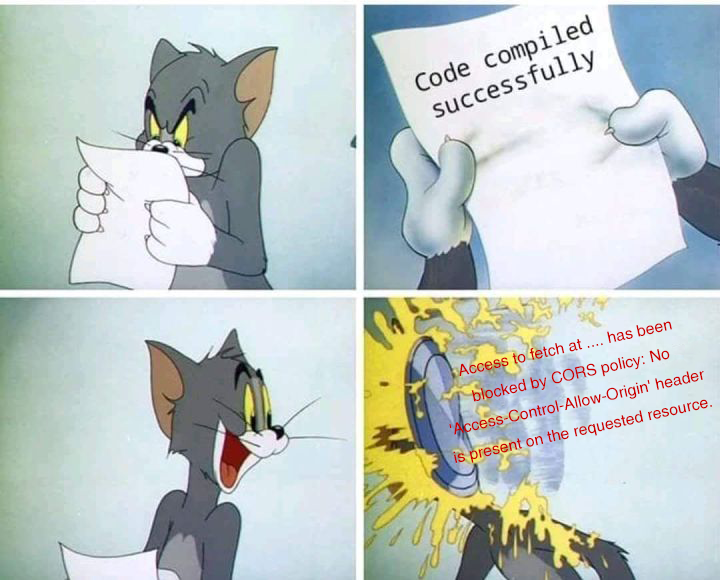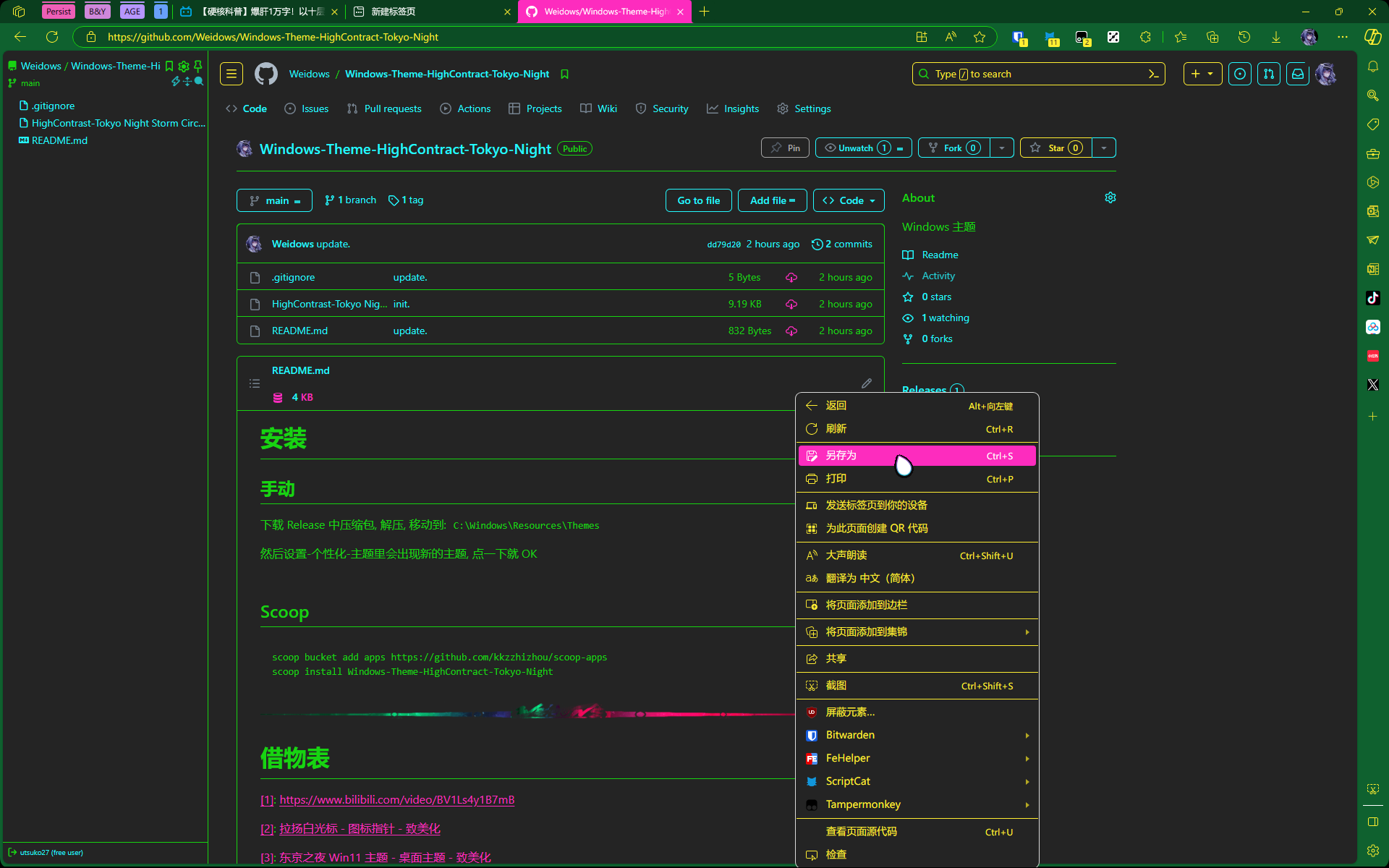😵💫跟力扣斗智斗勇-log-1
跟力扣斗智斗勇-log-1
一题二写,三数之和,题解四瞅五瞄六瞧,水平还七上八下九流,十分辣鸡
十天九考,八皇会面,题干七页六道五问,答案仅四行三言两语,一点不会
数据结构与算法
课程: 速览 ing
链表反转问题
迭代(栈) / 递归
这问题我面试时问我了,我回答的就是栈,面试官说栈要遍历两次,而递归一次就能出(函数参数添加 prev 节点)
素数
非素数(合数) / 素数(质数) : 都要排除 0 和 1
暴力法: 遍历 2 到 之前的数字,如果能被整除,那么这个数字不是素数
for(int i = 2; i * i < x; i++){}
埃塞法: 比如找 100 内有多少个素数 (25 个)
构造 bool[100]
找到 3 是素数, 那么 3x3=3, 3x4=12, 3x5=15…3x33=99 都不是素数,对应 bool[i]做标记,遍历时跳过
区分二叉树遍历
深度-广度优先遍历
深度优先遍历:
递归public void inOrder(TreeNode root) {
if (root == null)
return;
inOrder(root.left);
bstQueue.offer(root.val);
inOrder(root.right);
}广度优先遍历:
队列public void inOrder(TreeNode root) {
if (root == null)
return;
bstQueue.offer(root.val);
inOrder(root.left);
inOrder(root.right);
}
前中后序遍历
前序也叫先序, 这三种都属于深度优先遍历
基本上是递归模板,比如中序遍历 BST 如下:
public void inOrder(TreeNode root) {
if (root == null)
return;
inOrder(root.left);
bstQueue.offer(root.val);
inOrder(root.right);
}详见这个题解: https://github.com/Weidows-projects/public-post/blob/main/LeetCode/code/173.二叉搜索树迭代器.java
前后序遍历: [3]
public void inOrder(TreeNode root) {
if (root == null)
return;
bstQueue.offer(root.val);
inOrder(root.left);
inOrder(root.right);
}public void inOrder(TreeNode root) {
if (root == null)
return;
inOrder(root.left);
inOrder(root.right);
bstQueue.offer(root.val);
}
ArrayList-LinkedList
顺序遍历时间复杂度相同, n 相同时 LinkedList 空间更大
ArrayList:
随机查询快, 插入和删除慢(不可随机)
随机指的是对任意指定 index 的操作
LinkedList:
随机查询慢, 插入和删除快(可随机)
linkedlist 排序性能更好,并且较 arraylist 更节省空间 [4]
题解
160. 相交链表
https://github.com/Weidows-projects/public-post/blob/main/LeetCode/code/160.相交链表.py
此方法简单描述就是交叉接尾 [1]
class Solution(object):
def getIntersectionNode(self, headA, headB):
"""
:type head1, head1: ListNode
:rtype: ListNode
"""
p, q = headA, headB
while p != q:
p = p.next if p else headB
q = q.next if q else headA
return p当前链表结尾后接上对方链表的头, 同时以两链表头为起点, 可以发现都走了 7 步后在交叉绿点相遇
数组中落单的两个数
题目:一个整型数组里除了两个数字之外,其他的数字都出现了两次。请写程序找出这两个只出现一次的数字。要求时间复杂度是O(n),空间复杂度是O(1)。[6]
https://github.com/Weidows-projects/public-post/blob/main/LeetCode/code/数组中落单的两个数.py
def findTwoSingleNum(array): |
方法
投票算法
可以看一下多数元素的题解 [2]
对于出现次数大于的元素,能抵消其他元素还有余量,最后 candidate 必然是众数
快慢指针
常用于链表
func hasCycle(head *ListNode) bool {
slow, fast := head, head
for fast != nil && fast.Next != nil {
slow = slow.Next
fast = fast.Next.Next
if slow == fast {
return true
}
}
return false
}ListNode slow = head, fast = head;
while (fast != tail) {
slow = slow.next;
fast = fast.next;
if (fast != tail) {
fast = fast.next;
}
}
ListNode mid = slow;
动态规划
有的问题会需要前瞻后顾 找最优 "重叠" 子结构, 像是递归/迭代/贪心无法解决或者十分棘手, 瞥一眼又是中等+难度的, 多是 dp (dymanic-programming) 没跑了; 这种问题有个大致框架: [5]
状态矩阵
dp[n][n]dp[i][j] 一般存储第 i 到 j 位通过条件转换后的状态位/数值
条件转换方程
条件: if-else
转换方程: 类似
dp[i][j] = max(dp[i + 1][j], dp[i][j - 1])这种形式最终结果就是最后一趟 i,j 的位置: 如下的
dp[0][ n - 1]
i, j 的遍历方向是根据转换方程来确定的, 比如 516.最长回文子序列 这个题
class Solution(object):
def longestPalindromeSubseq(self, s):
"""
:type s: str
:rtype: int
"""
if len(s) < 2:
return len(s)
n = len(s)
dp = [[0] * n for _ in range(n)]
for i in range(n - 1, -1, -1):
dp[i][i] = 1
for j in range(i + 1, n):
if s[i] == s[j]:
dp[i][j] = dp[i + 1][j - 1] + 2
else:
dp[i][j] = max(dp[i + 1][j], dp[i][j - 1])
return dp[0][n - 1]在确定
dp[i][j]前, 需要已经确定dp[i+1][j]和dp[i][j-1]也就是说: 外层 i 为逆序,从上往下推, 内层 j 为正序从左往右推 (x 为所推的值)
i \ j 0 1 2 3 4 5 6 7 8 9 9 1 8 1 x 7 1 x x 6 1 x x x 5 1 x x x x 4 1 x x x x x 3 1 x x x x x x 2 1 x x x x x x x 1 1 x x x x x x x x 0 1 x x x x x x x x x
坑
python-取整与整除
# 整除: 对于正数是int(), 对于负数是round() |
借物表
[1]: https://leetcode-cn.com/problems/intersection-of-two-linked-lists/solution/xiang-jiao-lian-biao-by-leetcode-solutio-a8jn/
[2]: https://leetcode-cn.com/problems/majority-element/solution/duo-shu-yuan-su-by-leetcode-solution/
[3]: https://blog.csdn.net/u013834525/article/details/80421684
[4]: jdk8 下 ArrayList 与 LinedList 排序效率对比
[5]: https://leetcode-cn.com/problems/longest-palindromic-subsequence/solution/zui-chang-hui-wen-zi-xu-lie-by-leetcode-hcjqp/













